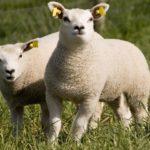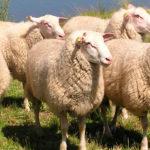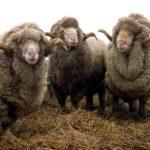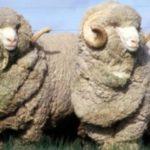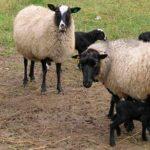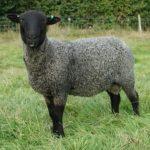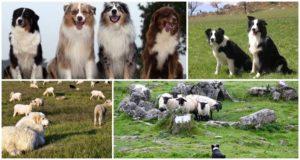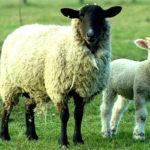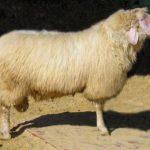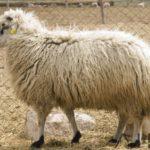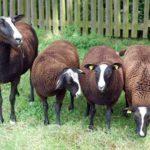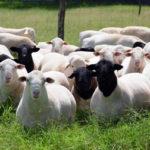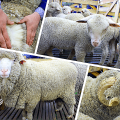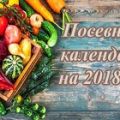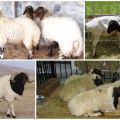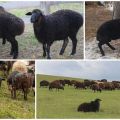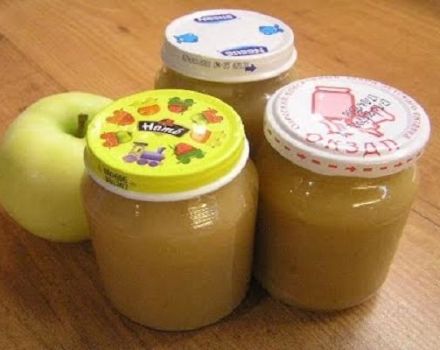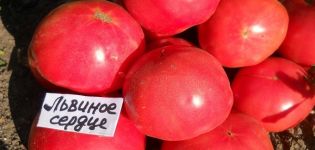Top 5 dairy sheep breeds and their main indicators, development of the industry in Russia
Since ancient times, sheep breeding has been one of the most important and profitable branches of agriculture. A sheep is a calm and docile animal, providing a person with many products - wool, meat, fat tail fat, sheepskin and milk. Despite the low productivity, dairy sheep breeds have development prospects. Their milk is used for high-quality and expensive cheeses - soft cheese, ricotta and feta, aged pecorino, spicy roquefort with mold.
Popular dairy sheep breeds and their main indicators
Before considering dairy breeds, it should be noted that highly specialized varieties of these animals do not exist. All sheep give milk after lambing, the only question is its quantity. There are breeds that are capable of producing a little more of this valuable product than others. Therefore, they all belong to mixed varieties: meat and dairy, meat and skin, giving meat and high-quality wool, and so on.
East Frisian
It is a versatile breed, developed in Germany. East Frisian milk is used to make ricotta and roquefort cheese.
Tsigai
The oldest breed has the following characteristics:
Askanian
This Ukrainian breed gives the largest merino with a fine fleece and the following differences:
Romanovskaya
A long-standing Russian universal breed, often used as a meat breed, as well as for the production of high quality sheepskins.
Balbasskaya
These are large mountain animals, often found in the Caucasus.
Each of the dairy breeds of these farm animals has its own advantages and disadvantages, so there is a wide choice for the formation of the herd. Dairy females can be selected for a variety of characteristics, ranging from milk yield to nutritional requirements and living conditions.
Features of the content
Sheep are herd animals, so some people may get the impression that it is enough to drive them out to pasture for food. However, this is not enough. Of course, succulent feed is the basis of a sheep's diet, therefore, one cannot do without grazing and harvesting a large amount of high-quality hay for the winter. However, dairy sheep need to be provided with a more nutritious compound feed, as well as mineral supplements, and clean drinking water.
At the same time, feed produced by enterprises for goats or horses is not suitable for sheep. They contain copper, which accumulates in the liver and gradually becomes the cause of poisoning. Therefore, for dairy sheep and other breeds of these animals, it is necessary to purchase specialized feed produced by experienced producers.
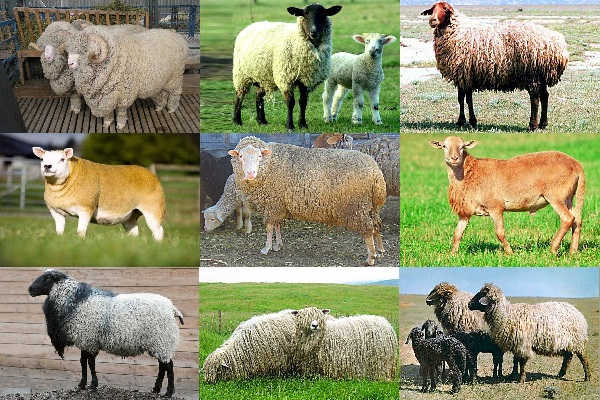
The sheep are driven to pastures only after the dew has melted or the grass dries out after rain, since wet grass causes fermentation in the gastrointestinal tract. However, animals should always have free access to water. In winter, root vegetables are added to the feed, and the hay should be legumes, since for a constant supply of milk, food must be abundant and balanced.
Milking rules
Sheep are milked both in the pasture and in the stall, but it is better to do this in a special cage, so the animal behaves more calmly. It is better to take deep containers for collecting milk, because sheep can turn them over by raising and lowering their hind legs. It is also necessary to drain the milk more often, because dirt from the wool can get into it. Dung contamination is not uncommon because sheep can empty their intestines at the wrong time. Sheep have small udders, so you need to adapt to milking by choosing a position suitable for yourself and for each animal. You can milk in the following way:
- Behind the female.
- Sideways.
- Riding the animal. This makes it easier to restrict his movements when milking in pastures and walking.
Sheep provide a modest amount of milk, but do not try to empty the udder to the last drop. During milking, it is necessary to act quickly, but carefully and carefully, without unnecessary fuss, so as not to irritate the female. So she will give milk more willingly.
How much milk does a sheep give per day?
The productivity of ewes is determined by measuring the milk sucked by the lambs. To do this, the offspring is weighed before and after feeding at regular intervals for 48 hours.
Each breed of sheep produces a different amount of milk, so only an average can be given. Each lactating animal is capable of producing 1200 ml of milk within 24 hours. During the lactation period, a dairy sheep is capable of producing up to 140 liters of fatty and healthy milk.The fat content reaches 9%, and the composition contains dozens of vitamins and minerals.

Dairy sheep breeding in Russia
For the Mediterranean countries and some others, the breeding of dairy sheep is a centuries-old practice. At the same time, dairy sheep breeding as an independent industry does not exist in the Russian Federation. Only in mountainous areas is there the practice of making cheeses from sheep's milk, and in the country, sheep breeding is used exclusively for the purpose of obtaining meat, fat, wool and sheepskins, and smushki.
The reason for the insufficient use of dairy sheep breeding is the lack of tradition, as well as climatic and geographical features. Ideally, flocks of sheep graze in mountainous and steppe areas, and part of Russia is forests and forest-steppe with a humid and cold climate.
However, the breeding of dairy sheep is an extremely promising industry, if we take into account the sanctions that blocked the flow of expensive cheeses like Roquefort and Pecorino into the country. Professional Russian cheese makers and amateurs have a chance to vigorously fill the vacant niche, therefore dairy sheep breeding is a rational way of developing agriculture and a way to create their own competitive products.
